When I began seeing the bees coming out of the hive with specs of white in their mouths, I knew from past experience that this wasn't typical, if everything was going smoothly. I researched and also asked my mentor what he thought. Don confirmed what I suspected; the white I was seeing was the bees dragging out the dead larvae. He assured me my queen will lay a new egg in the cells where the dead larvae were removed and that things will get back on track quickly. "Fear not," he wrote. "Moving is almost always a set back, but it will be overcome shortly."
|
The entrance to the hive is a narrow opening on one side of the box. To assist the bees in managing the defense of their entrance against intruders, a piece of wood is fashioned to fit into the opening to reduce the size of the passage way. In winter, the size will be even smaller to keep out the cold. This piece of wood is called an entrance reducer. For the last two days, the bees were having to clean house and remove the dead after their 4+ hour car ride from the city to the mountains. Seen below is a bee just about to take flight and drop the deceased away from the hive. Sometimes the bees would drag their dead to the edge of the hive and push them off. Today I watched a bee flying with a dead co-worker. She landed about five feet from the hive and rearranged her load and then flew high and far until I couldn't see her anymore. I wonder why she chose a burial rest spot so far from the hive? My bees endured a long and difficult transition on their relocation trip. Everything was done to make it as successful as possible, but not only did some of the bees not survive, the larvae suffered too. Both losses were likely due to the heat. When I began seeing the bees coming out of the hive with specs of white in their mouths, I knew from past experience that this wasn't typical, if everything was going smoothly. I researched and also asked my mentor what he thought. Don confirmed what I suspected; the white I was seeing was the bees dragging out the dead larvae. He assured me my queen will lay a new egg in the cells where the dead larvae were removed and that things will get back on track quickly. "Fear not," he wrote. "Moving is almost always a set back, but it will be overcome shortly." They're already coming in with pollen filled legs in a nice yellow shade! It was very hot today. I'm guessing into the 90's. On one visit with my hive where I sit a foot from the entrance and take photos, I noticed about three bees fanning their wings. I remember learning this is what they do to cool things down. Sometimes bees will bring back water and then fan to create an even cooler breeze. Later in the day, when the heat was peaking, there were about eight bees near the entrance with their heads bowed and their wings flapping in a blur. This bee is just about to take flight. She walked out of the entrance and past the fanning bees. She was slow and a bit weary, but caught her breath and took flight after this photo. The bees are already letting me get inches from their entrance with my macro lens.
0 Comments
Leave a Reply. |
FOR ALL THE BEES
This blog will cover what I learn being a guardian of honey bees. I will also share with you about my connection with bees in ways that you won't often find in books or other sources.
For All The Animals (this website) is my company. Inspiring young people to learn about and love nature is very important to me.
I'm also a private investigator, writer, photographer and activist. Nature is my religion. One of my goals through the use of a camera lens is to bring the world of what I call "tiny life" into focus, to expand our own. I want to share my belief that all life matters. My photography passion extends to all animals, birds, marine life and reptiles. I posit that if the human race embraced that single concept -- all life matters -- we'd be closer to peace on this beautiful and glorious, but quite messed up planet. Archives
May 2017
Categories
All
|
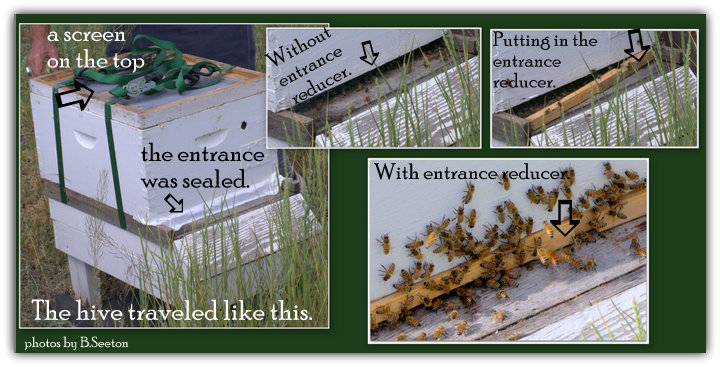
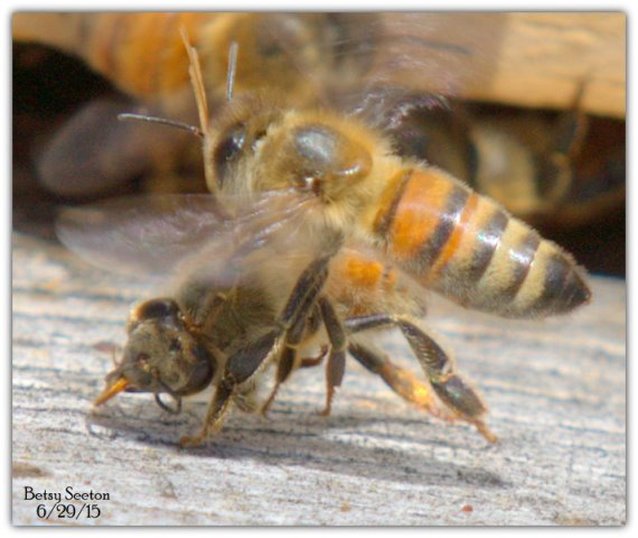
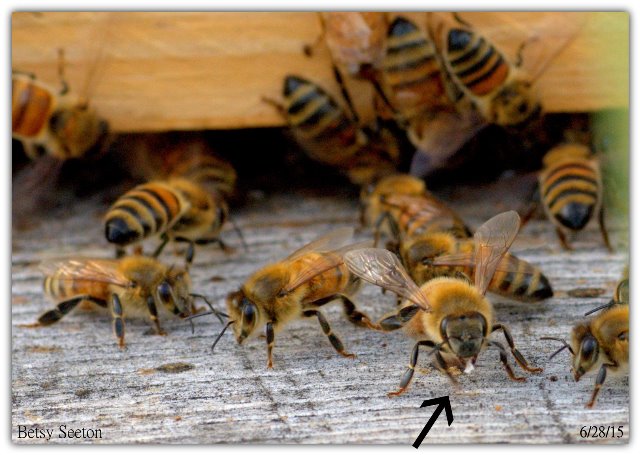
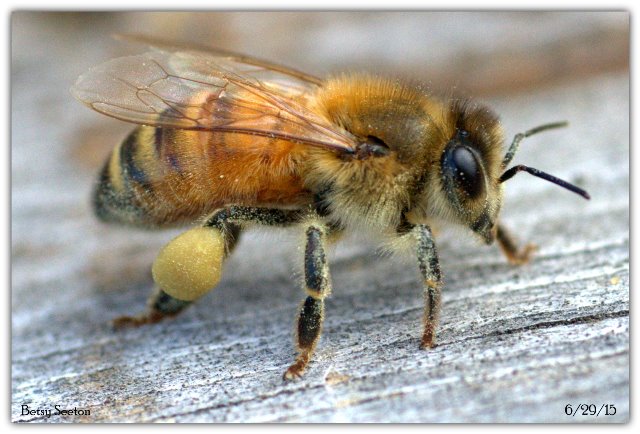
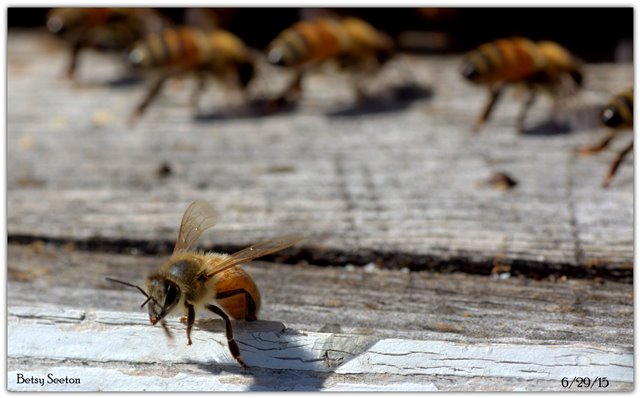
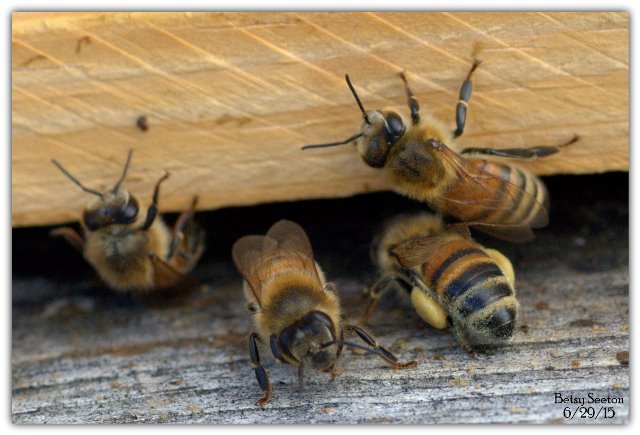
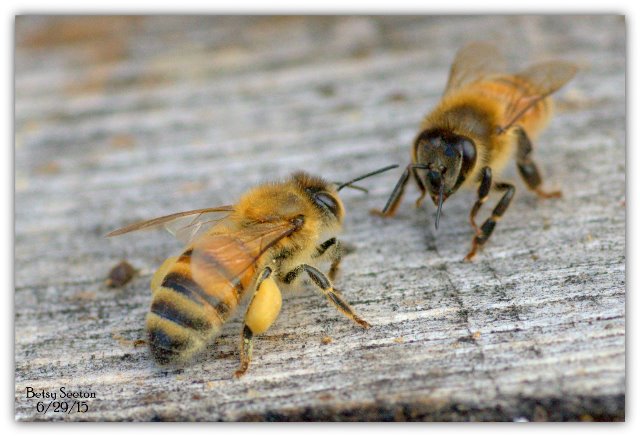
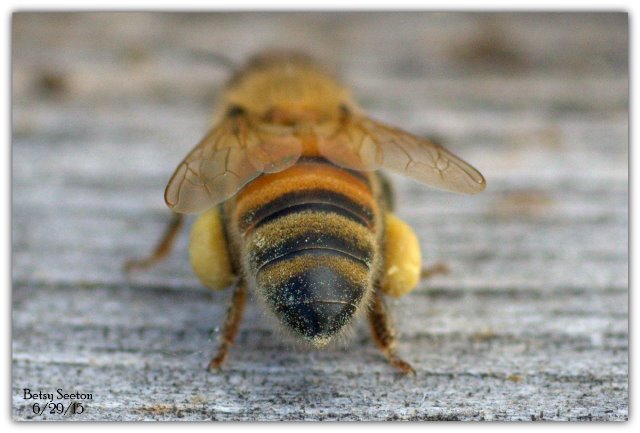
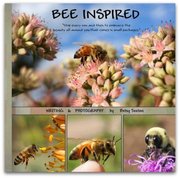
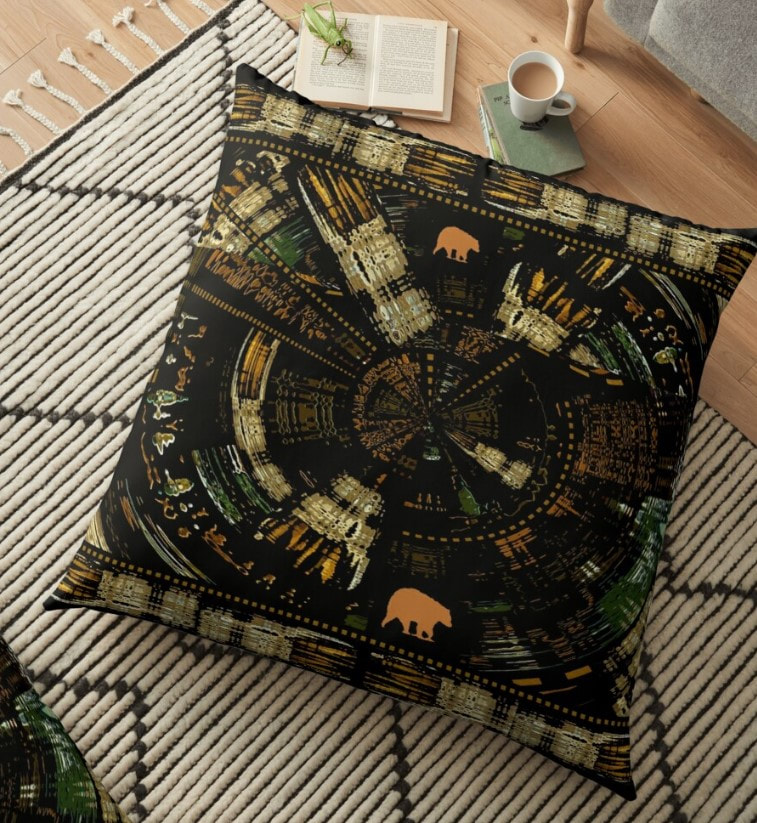
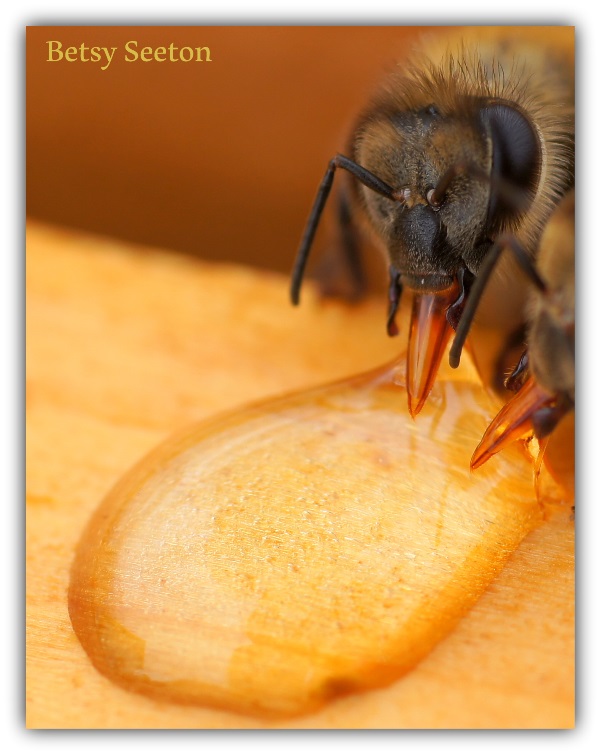
 RSS Feed
RSS Feed
